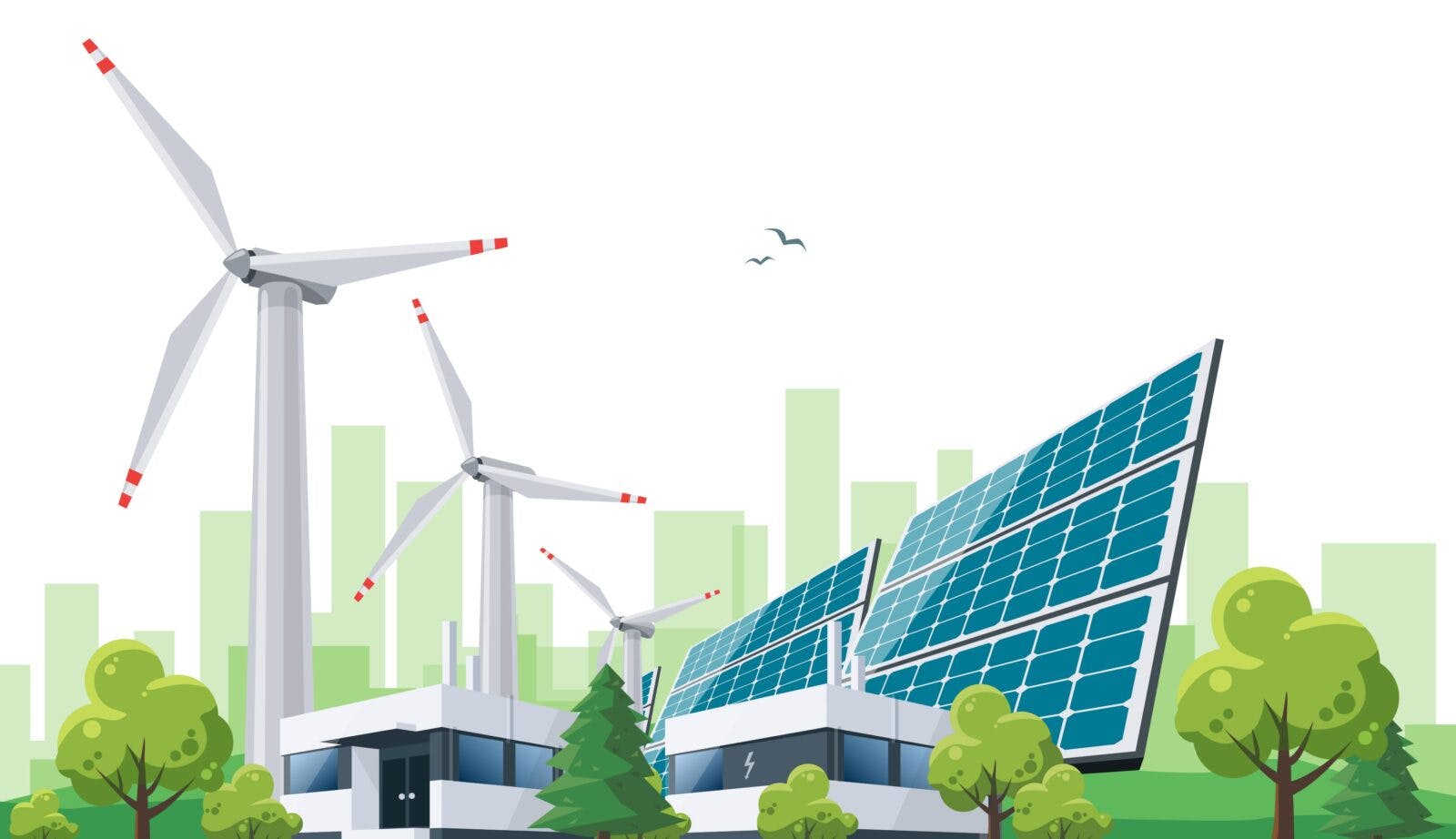It’s important to set goals in various aspects of life, from personal relationships to career aspirations. Yet, how often do we consider setting goals to reduce our carbon footprint?
Making the switch to energy-efficient appliances, transitioning to electric or hybrid vehicles and embracing renewable energy sources are all steps towards cutting greenhouse gas emissions and fostering a more sustainable lifestyle.
The urgency of addressing climate change is increasingly apparent as we witness unprecedented environmental challenges. The melting of polar ice caps, more frequent and severe weather events and the displacement of communities amid changing climate conditions underscore the need for urgent action.
In King County, greenhouse gas emissions have risen by 11% from 2007 to 2019, driven largely by population growth and increased carbon dioxide output. However, recent efforts to decrease emissions from passenger vehicles and improve electricity efficiency have shown promising results. Between 1996 and 2021, Washington moved from 38th in the nation to 47th for per-capital-vehicle miles traveled (7500 a year), the steepest decline in that period of any state.
Local governments across Washington are currently revising their Comprehensive Plans, which serve as blueprints for zoning and development. These plans play a critical role in guiding cities and counties toward sustainable growth and climate resilience.
In alignment with global efforts to reduce our need for fossil fuels, King County and other jurisdictions are prioritizing the transition to sustainable (clean) energy sources such as solar, wind and geothermal power. Seattle, for instance, has announced plans to phase out fossil fuel usage in commercial buildings by 2050, aiming for net-zero carbon emissions.
While policies like all-electric building mandates are a step in the right direction, challenges lie ahead. Our state’s ambitious emissions reduction targets require comprehensive strategies to address existing buildings and infrastructure powered by fossil fuels.
Legislation that passed this year in Olympia to further reduce natural gas usage, or decarbonization, will necessitate careful planning and investment in alternative energy infrastructure to meet growing demand. The new law pushes major utilities like Puget Sound Energy to ease from promoting natural gas options in the home, consolidating a major utility’s electric and gas business by 2027 and no longer supporting gas-powered heat pumps by 2031.
Washington has about 2.9M households, of which 1.2M use natural gas, a fossil fuel. That 43% usage rate is the lowest among states in the region. According to the U.S. Energy Information Administration, natural gas accounted for 12% of the state’s electricity generation. That’s second to hydroelectric, a renewable source, which accounts for 67%.
Legislating change is one thing. Building the infrastructure to support that change is another – and the truth is it won’t be easy to address. The PNW will need about 4000 megawatts of additional power generation – roughly 20% of the current output – to keep pace with demand over the next five years, according to estimates from the Pacific Northwest Utilities Conference Committee, an agency representing a cluster of states.
The journey towards carbon-free living requires collective effort and commitment from individuals, policymakers and industries alike. By embracing energy-efficient technologies, transitioning to renewable energy sources, and advocating for bold climate policies, we can build a more sustainable future for King County and beyond.
Let’s take action today – in the home, office and public lands – to protect our planet for generations to come.
RESOURCES
Check out our Green Fields Glossary of Terms – a perfect set of “green” real estate-related definitions in our changing world.
=========
This is the second installment in a four-part series for Earth Month. Check out the other story:
Pushing Harder for Reducing Our Carbon Footprint in the Home




